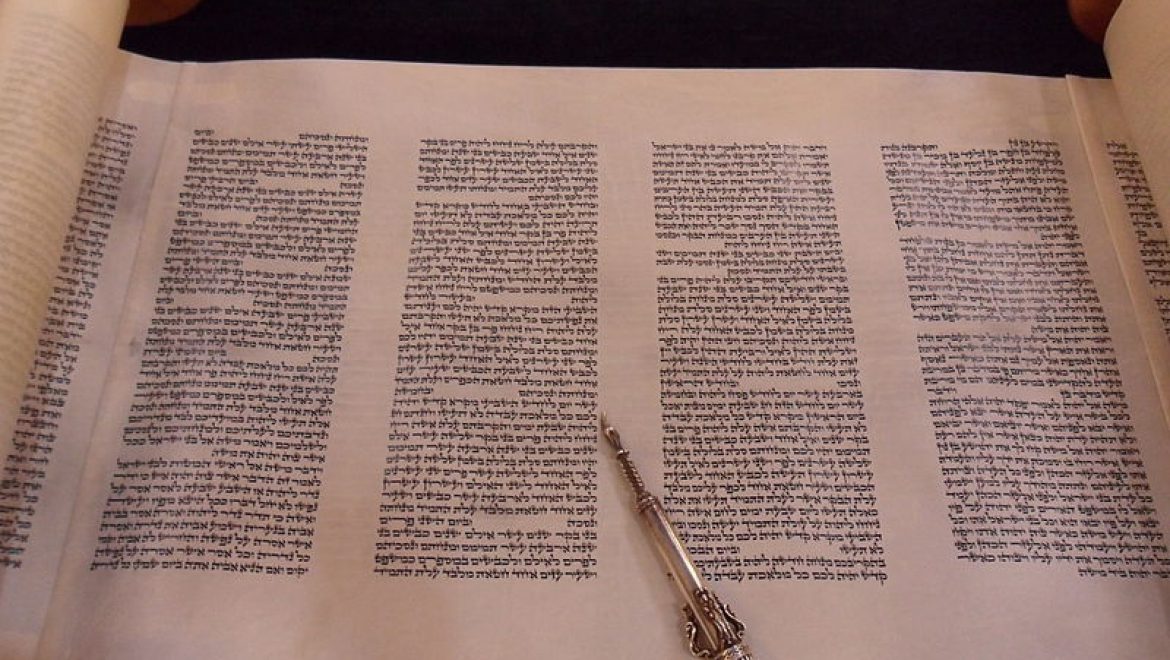
With references to halachic and Kabbalistic sources, this brief article from Chabad.org explains why being called up to the Torah is a special honor, focusing on the spiritual significance behind this ritual. As part of Chabad's online "Ask the Rabbi" service, Rabbi Baruch S. Davidson explains both why the aliyot are special and the hierarchy between the different aliyot on Shabbat and other holy days. This article reflects the Hasidic Orthodox custom and philosophy of the Chabad-Lubavitch movement.
Question:
At a synagogue I recently attended, I noticed people bidding for the right to be called to the Torah, or as they called it, getting an aliyah. What is so special about an aliyah? Are some more sought after than others?
Response:
Let's divide your question into two parts:
What is so special about an aliyah?
In all Jewish communities, it is considered a great merit and honor to be called to recite the blessings at the Torah. It is referred to as an aliyah, which means "ascent," referring not just to the climb to the platform upon which the Torah is read, but also to the spiritual elevation which comes along with this opportunity.
The Zohar tells us, "G‑d looked in the Torah and created the world; when a human looks in the Torah, and toils in it, he sustains the world." Even the very gazing at the letters in the Torah scroll—especially when this is preceded and followed by the special aliyah blessings—sustains and vitalizes the world.
Furthermore, when one has an aliyah to the Torah, all parts of one's soul, including those which are in the spiritual realms beyond this world, experience an elevation at that moment. For the above reasons, people vie for this privilege.
Which aliyah is the most coveted?
The first two aliyot are reserved for a Kohen and a Levi, respectively (if they are present). The remaining aliyot are given to everyone else. It follows, according to the Talmud, that when it comes to aliyot, the rule is "the earlier the better." Therefore, in many communities, Shlishi, the third aliyah—the first one available to the public—is the most popular.
This preference, however, is not universal. The Zohar relates that Rabbi Kruspedai would always have the sixth aliyah. In Shaar Hakavanot, a book of Lurianic Kabbalah, there is a lengthy explanation for this. In simple words, the seven aliyot represent the seven emotional Sefirot (divine attributes), and their corresponding attributes in the human soul. The sixth Sefirah is Yesod, which acts as a funnel through which all the previous Sefirot are channeled. Since all the special revelations of the Shabbat are being channeled through—and are fully manifest in—Yesod, to which the sixth aliyah corresponds, Rabbi Kruspedai preferred this aliyah. Accordingly, in many Chassidic synagogues, the sixth aliyah is reserved for the Rebbe or the Rabbi.
On Shabbat and certain other special days, after the reading of the Torah portion has been completed, we have an additional aliyah, called Maftir. The one who is called to the Torah for Maftir, during which the final verses of the Torah portion are repeated, also reads the Haftarah, a portion from the Prophets which expresses a message similar to that of the day's Torah reading.
The Maftir was commonly viewed as the least desired aliyah, since it is the only aliyah which may be accorded, under certain circumstances, to a boy under the age of bar mitzvah. However, many great scholars and saints preferred this aliyah in particular. One reason is that the Maftir includes a reading from both the Torah and the Prophets. Another is that the one who reads the Haftarah recites several additional blessings which the others do not.

